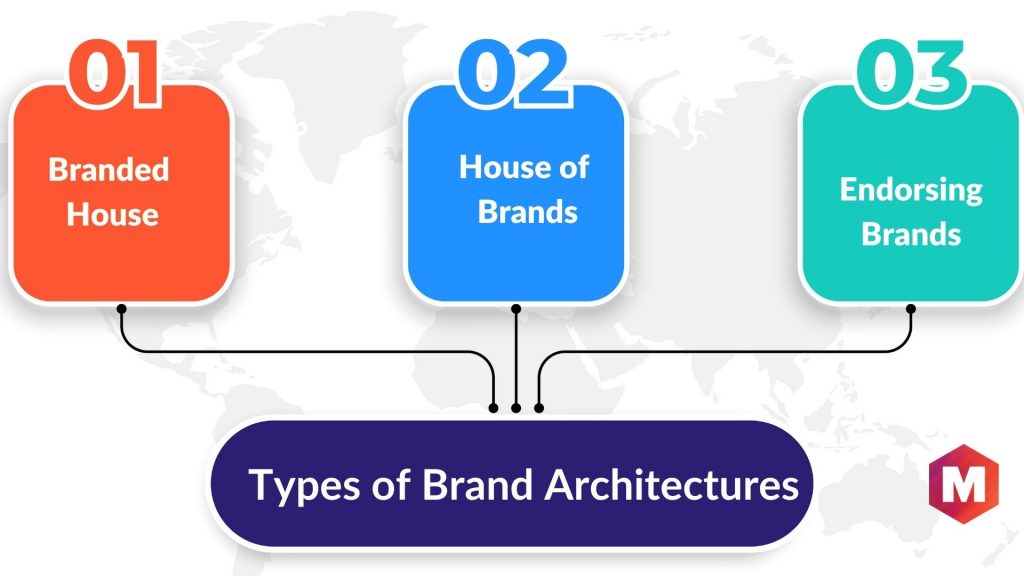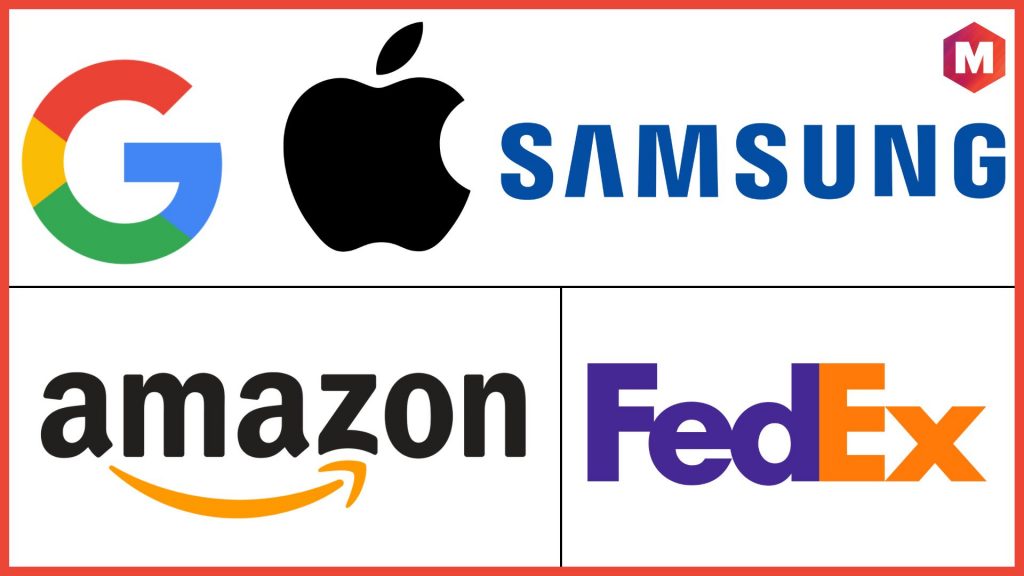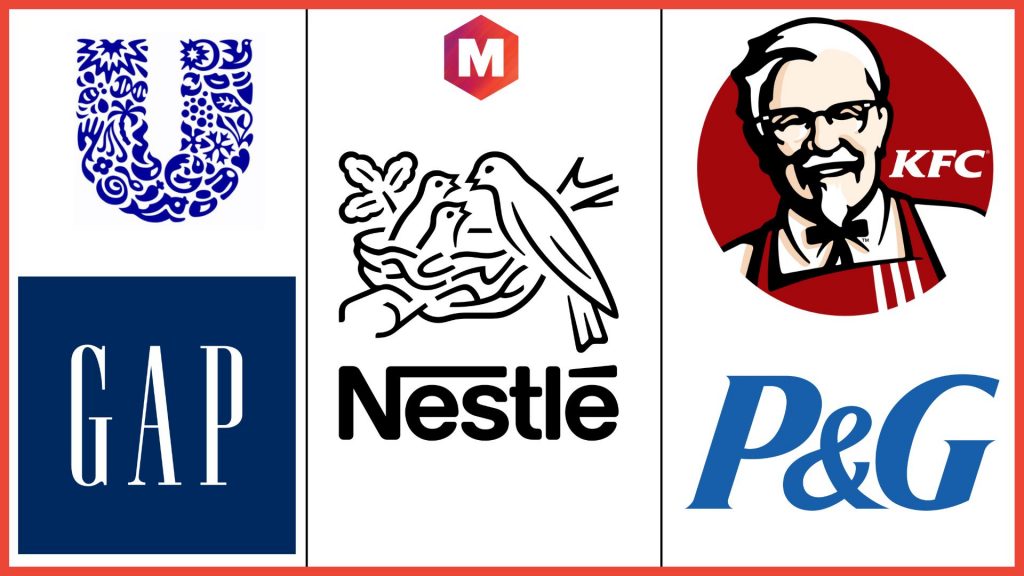
Comparing Branded House and House of Brands

Branded House vs House of Brands compares two types of brand architectures A branded house uses a single brand name for all products and services, while a house of brands has individual names for each Both have pros and cons, with notable examples such as Google and Unilever This article explores the differences and similarities between the two approaches
Companies that use a single brand name for all their products and services are known as branded houses, while a house of brands refers to each product or service having its own unique identity. This approach is commonly adopted by the automotive industry, with Ford and Honda being prime examples of branded house models. In contrast, the House of Brands model has gained traction in the consumer packaged goods sphere, as seen with Nestle's diverse range of products such as KitKat and Nescafe. These two distinct business models are tailored to suit varying types of businesses.
The decision to opt for a Branded House or House of Brands hinges on the nature of your business. Branded houses are geared towards cultivating brand loyalty and recognition, with customers associating a single company with high-quality products. This approach is especially advantageous for larger enterprises, since it curbs expenses related to marketing and branding.
In contrast, House of Brands empowers individual products to establish their unique identity and voice. This can be advantageous for entrepreneurs who can leverage different products to target specific customer segments. Such an approach enables business owners to widen their market share and cater to a diverse range of customers.
When it comes to choosing between Branded House and House of Brands, every business needs to weigh their own unique strengths and weaknesses to make the best decision. In the upcoming sections, we'll delve into each option to provide you with all the necessary information to make an informed choice.
Types of Brand Architectures
Before delving into the distinction between a brand house and a house of brands, it's important to familiarize oneself with the various types of brand architectures. Essentially, there exist three distinct brand archetypes.
1. Branded House
In a branded house approach, a single brand name is utilized for all goods and services offered by the company. This strategy involves incorporating the core identity of the business into its branding and marketing strategies. Notable examples of branded houses include Google, Apple, and Samsung.
2. House of Brands
A House of Brands encompasses various distinct brands, each having its unique name and identity. Uniliver, for instance, is a prime example of a House of Brands, boasting a diverse range of products like Axe, Dove, Lipton, and Hellman’s.
3. Endorsing Brands
Endorsed brands can be a combination of Branded House and House of Brands, where one brand name is used to endorse the other ones. For instance, Amazon endorses its different product lines like Kindle and Fire TV with their own brand identities, while also being endorsed by the Amazon brand. Similarly, Sony is another example of an endorsed brand with its Branded House side consisting of Sony products and House of Brands side including PlayStation, Xperia, Sony Pictures, Sony Music, and more.
Now, as three types of brand architecture are defined, let’s discuss Branded House vs House of Brands in detail-
Branded House vs House of Brands
A Branded House is a marketing strategy that involves selling multiple products under a single brand name or umbrella. This approach is often employed by parent companies who desire greater control over the production, distribution, and pricing of their products. By operating under a Branded House model, it is easier to maintain a consistent customer experience across all brands and streamline eCommerce operations onto a single platform.
What is a Branded House?
Pros of Branded House
Enhanced Brand Recognition & Loyalty: Branded House helps to build trust in the brand, as customers are aware of one single unified source for all products and services.
By adopting a Branded House approach, companies can save money on marketing campaigns while also increasing customer loyalty and visibility within their target markets. Additionally, this approach allows for greater control over the brand image, as there is no need to worry about conflicting messages from multiple brands.
Branded Houses have a more efficient decision-making process due to the lower number of decision-makers involved. This streamlines the process and enables quick and effective decision-making.
Cons of Branded House
Branded Houses may lack flexibility in product design, which could hinder their agility compared to House of Brands.
There is a potential for ambiguity with Branded Houses, as they may become too generic, resulting in difficulty distinguishing their products and services.
Fragment 14 rewritten: One drawback of Branded Houses is that they may face limitations in terms of product innovation, as their main priority is to uphold a cohesive brand identity. Additionally, if the parent brand fails, it could have negative repercussions on all of its products. Another challenge is the possibility of a lack of focus on specific product lines or services, as everything falls under the same brand name.
Examples of Branded Houses
1. Google
Google is a Branded House as all its products, from Google Maps to Gmail, are under the same brand identity.
2. Apple
Apple is a prime example of a "Branded House" company, where all of its products, including the iPhone, iPad, and MacBooks, share the same brand identity.
3. Samsung
Samsung is an excellent example of a company known as a Branded House, which means that all of its products- like smartphones, tablets, and TVs- are under the same root brand.
4. Amazon
Amazon is also a Branded House, as all of its products, from Kindle to Fire TV are under the same brand.
5. FedEx
As a Branded House, FedEx’s brand lineup includes not only FedEx Express but also other services such as FedEx Freight, FedEx Kinkos, and FedEx Ground.
House of Brands Definition
House of Brands is an umbrella company that contains many different sub-brands, each with a unique target audience and marketing strategy.
Each brand caters to a different demographic and offers a unique shopping experience, despite being part of the same parent company. The House of Brands approach allows companies to diversify their offerings and appeal to a wider range of consumers without diluting their brand identity.
Pros of House of Brands
2. The House of Brands model provides companies with the advantage of having more flexibility in designing their products and services, allowing them to cater to the specific needs and preferences of their diverse target audiences.
House of Brands strategy enables companies to target diverse demographics and markets, so they can offer a wider range of products and services. Moreover, it fosters innovation by providing individual sub-brands with the freedom and resources to introduce fresh ideas and approaches.
Companies operating under a House of Brands structure are able to establish a clear brand identity for each of their products and services. This clarity makes it simpler for customers to differentiate between the various offerings and choose the one that best suits their needs.
Cons of House of Brands
Operating a House of Brands can be a costly endeavor due to the need for separate marketing efforts and resources for each sub-brand. Additionally, conflicting messages between different brands under the same parent company can cause confusion for consumers.
3. Lack of Cohesion: House of Brands can lack cohesion, making it difficult for customers to recognize that all the brands are under the same parent company.
Examples of House of Brands
1. Unilever
Unilever is a prime example of a House of Brands, as they own many well-known sub-brands such as Dove, Axe, and Lipton.
2. Nestle
Nestle is another company that falls under the House of Brands model, with brands such as Nescafe, KitKat, and Perrier.
3. P&G
Procter & Gamble is a household name as well as a classic example of a House of Brands, featuring brands like Tide, Gillette, and Pantene.
4. The GAP
As mentioned earlier, The GAP is a great example of a House of Brands with sub-brands such as Banana Republic, Old Navy, and Athleta.
5. KFC
KFC also operates under the House of Brands umbrella, with sub-brands such as Kentucky Fried Wings and KFC Grillers.
Branded House vs House of Brands on different Grounds
Focus
The Branded House brand architecture strategy prioritizes the primary brand or master brand and utilizes other brands to complement and support it. On the other hand, House of Brands has individual brands operating independently from each other.
Background information
The Branded House strategy is designed to unite all brands under one cohesive brand strategy, utilizing the primary brand's equity to benefit the entire portfolio. Alternatively, the House of Brands strategy focuses on developing and positioning each brand independently to maximize its individual potential.
Usability
If a company offers multiple products and services, the Branded House strategy can help create a consistent brand image and message. This approach allows for the development of a unique identity while avoiding potential confusion among customers and maintaining the brand's value. On the other hand, the House of Brands strategy is more appropriate for companies with a diverse range of products and services, where each brand has its own distinct identity separate from the others.
Advantages/Disadvantages
Branded Houses offer the advantage of a cohesive brand identity, making communication efforts simpler. On the other hand, House of Brands allows for unique identities for each product or service offered by the company. Maintaining a unified identity is more demanding for Branded Houses, while maintaining individual identities requires more effort for Houses of Brands.
Brand Positioning
In order to build brand loyalty and establish a cohesive image, branded houses are the way to go. However, for companies seeking to differentiate their various products and services and create separate brand identities for each, House of Brands may be the better choice.
Conclusion!
Ultimately, the decision between a Branded House or House of Brands approach hinges on the unique needs and objectives of your organization. Each strategy has its own set of benefits and drawbacks, so a careful evaluation is necessary to determine which one aligns best with your company's goals.
















